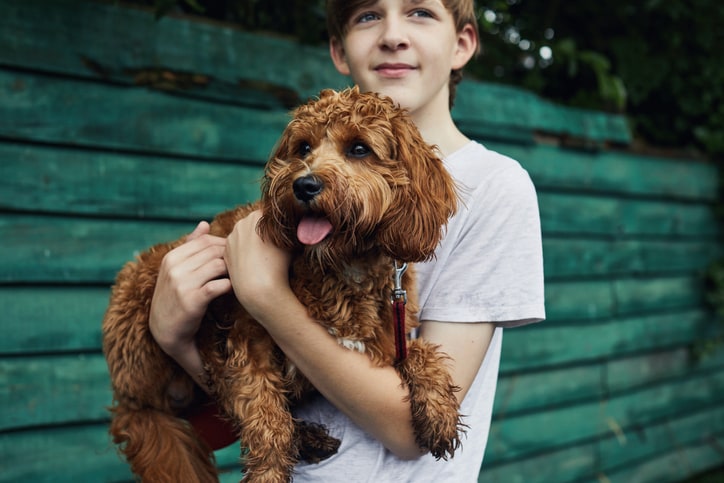Separation anxiety in dogs can be a serious issue. It can be difficult for pet owners to manage the signs and symptoms: their non-stop barking while you’re away may make you anxious. No one likes seeing their dog in distress.
Here are the answers to 5 key questions about separation anxiety in dogs so you know how to help your dog:
Do All Dogs Experience Separation Anxiety?
A large amount of a dog’s behaviour or temperament can be attributed to its breed: all dogs are born with certain tendencies. That being said, the environment in which it is brought up plays an equally pivotal role.
Therefore, although a dog’s breed offers insight into whether it is more prone to anxiety than others, it isn’t always a predictor. With the proper training and critical socialisation, even the most anxious breed won’t experience separation anxiety.
What Can Cause Separation Anxiety in Dogs?
A common trigger of separation anxiety in dogs is the introduction of a new family member, such as a baby or a pet. Similarly the loss of a family member or pet, or a traumatic event while left alone, such as a thunderstorm, fire or home robbery may activate a dog’s anxiety. Sometimes even things that seem totally normal to dog owners can trigger anxiety in them.
What Are Some Signs of Separation Anxiety?
Pacing, whining, barking, vocalising and destructive behaviour are all common stress signs. Uncommon signs of separation anxiety and stress may include chewing or self-chewing, excessive body-part licking, tail chasing, loose stool and displaced aggression.
How Can You Help Your Dog?
Dogs that have a strong foundation in obedience training statistically have a lower frequency of anxiety-related problems. Owners should get involved in a training programme with their new dog, regardless of age.
The first step to helping your dog overcome anxiety is to ensure that your dog is not left alone. This can be tricky for dog owners, but try to find dog sitters, dog walkers, dog boarders or neighbours to help out. You could alternatively change your work schedule to accommodate your pet, because it’s a crucial step in helping your dog overcome anxiety. Owners could seek the help of a dog behaviour specialist to guide you through a step-by-step plan developed specifically for your pet. In doing so, you’ll be able to teach your dog to be comfortable and safe when left alone.
Treating separation anxiety in dogs can be a very daunting, time consuming and boring, but remember that your dog is worth it. You may also be able to prevent some of the issues related to separation anxiety. Hide cues that you’re leaving so you’re dog isn’t able to infer you’re about to head out. Consider giving them a treat before closing the door so your departure is associated with something positive.
If you’re worried about leaving your dog for an extended period, do your research to make sure you’re choosing the right resources to help make the experience as painless as possible.

